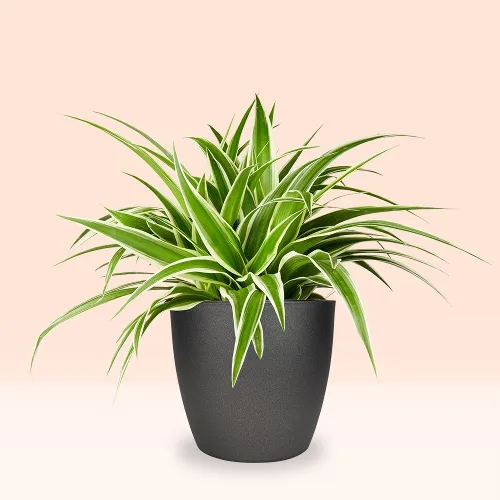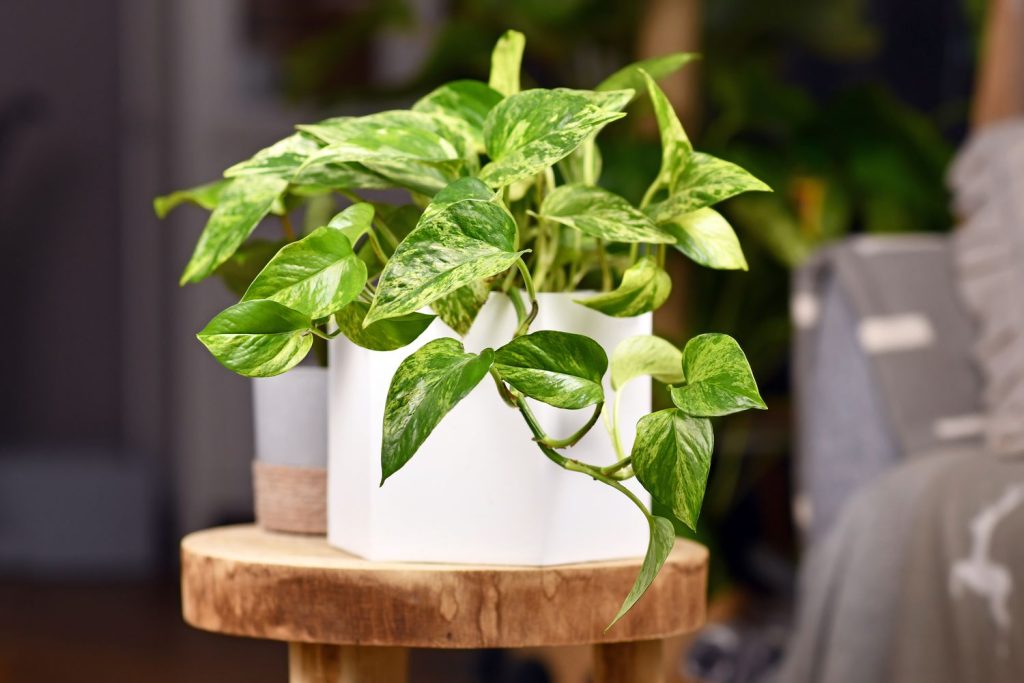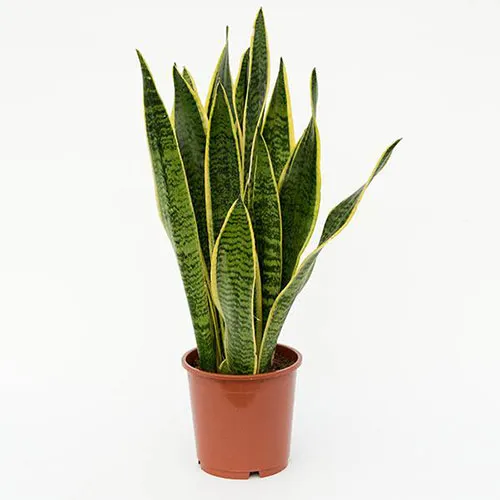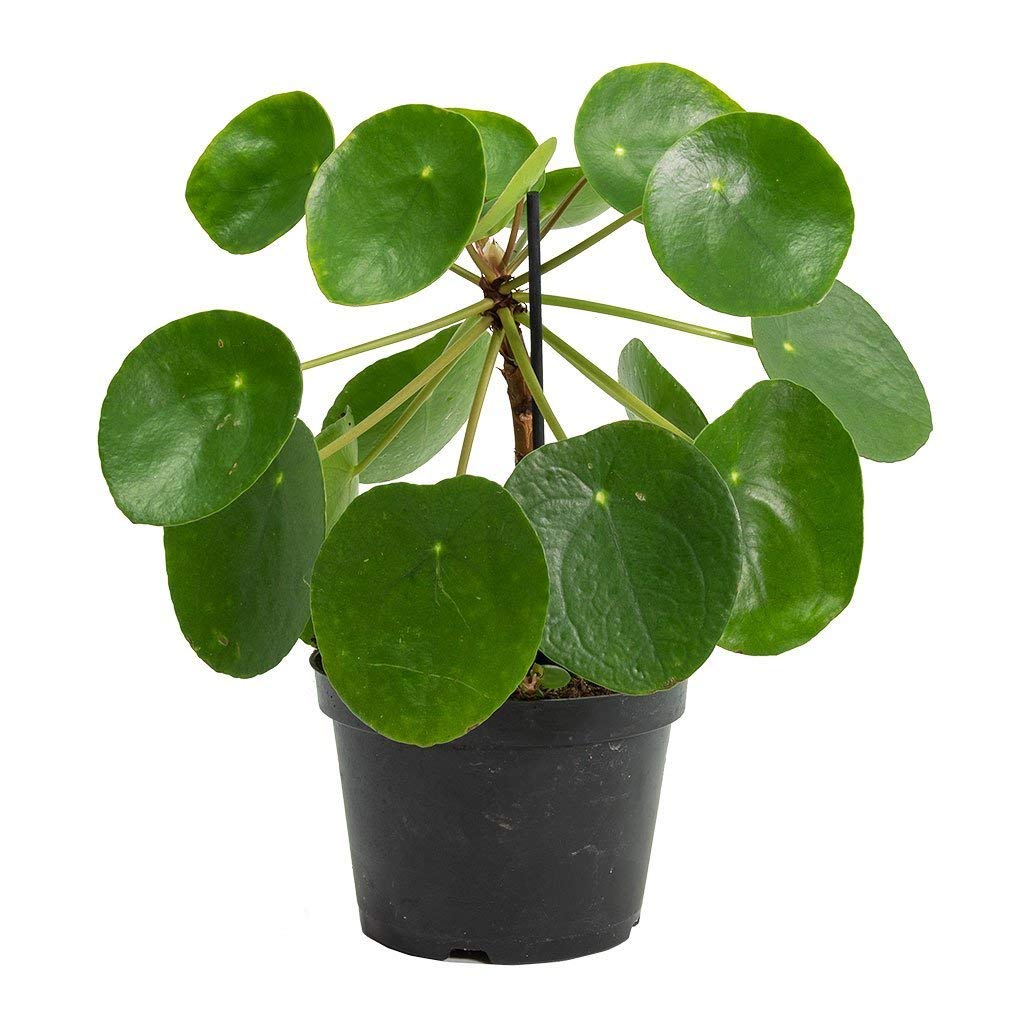If you’re looking for indoor plants that grow quickly and are relatively easy to care for, here are 5 Indoor Plants That Grow Quickly:
Spider Plant (Chlorophytum comosum): Spider plants are known for their resilience and rapid growth. They produce long, arching leaves with white stripes and small plantlets that dangle from the main plant. Spider plants thrive in indirect light and are forgiving if you occasionally forget to water them.

Pothos (Epipremnum aureum): Pothos is a popular choice for indoor gardeners due to its fast growth and air-purifying qualities. Its heart-shaped leaves come in various colors and patterns. Pothos can tolerate low light conditions and irregular watering.

Snake Plant (Sansevieria trifasciata): Snake plants are known for their ability to thrive in low-light environments and neglect. They have tall, upright leaves with striking patterns. Snake plants grow steadily and can tolerate a wide range of conditions.

ZZ Plant (Zamioculcas zamiifolia): ZZ plants are known for their glossy, dark green leaves and their ability to grow well in low-light situations. They are extremely low-maintenance and can go without water for extended periods.

Chinese Money Plant (Pilea peperomioides): Chinese Money Plants have become trendy due to their unique pancake-shaped leaves. They tend to grow quickly and produce offsets (baby plants) that you can repot and share with friends. They prefer bright, indirect light.

Also Read: Essential 8 Soft Skills for Lifelong Success | Unlock Your Full Potential
Keep in mind that the rate of growth for indoor plants can vary depending on factors such as light, temperature, humidity, and care practices. To promote healthy growth, provide appropriate lighting conditions, water the plants according to their specific needs (avoid overwatering), and occasionally fertilize them as recommended for the specific plant species.

